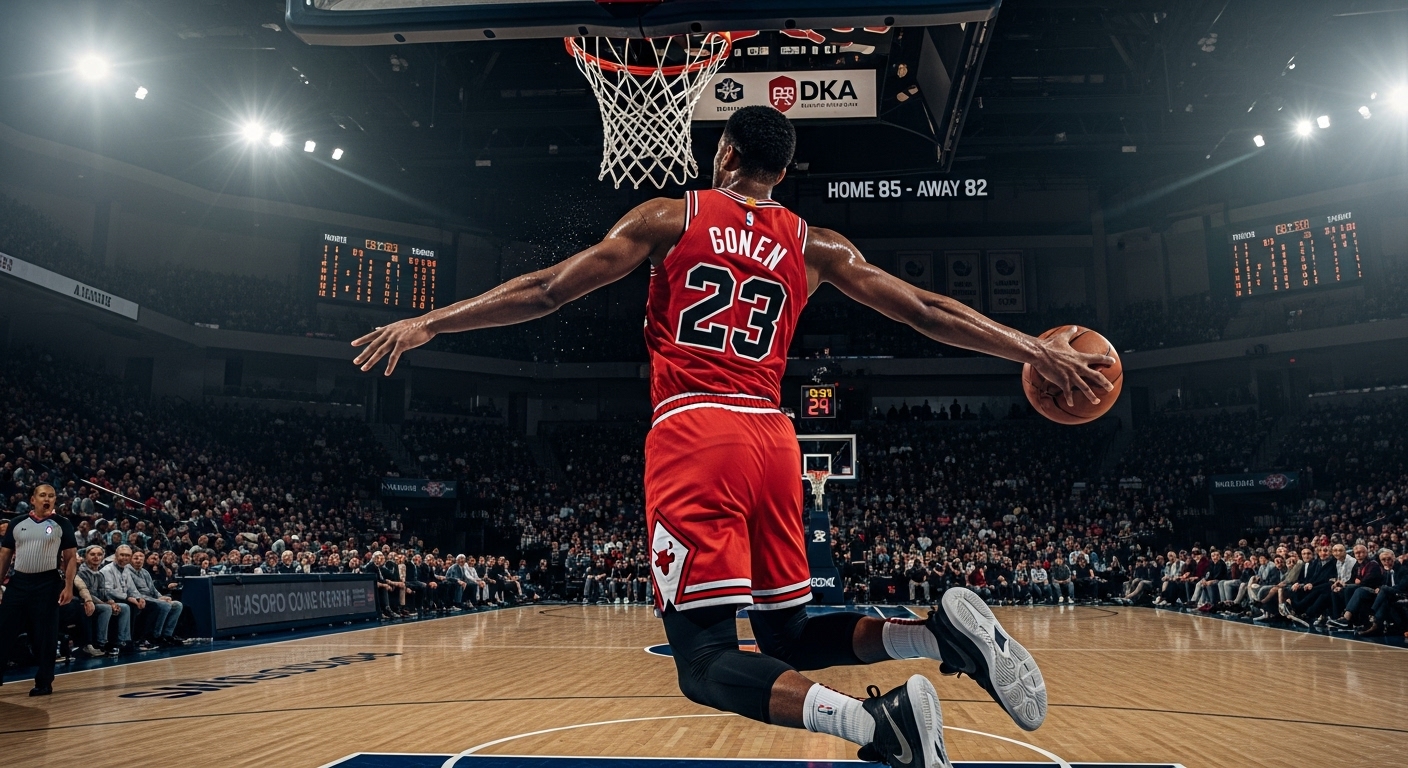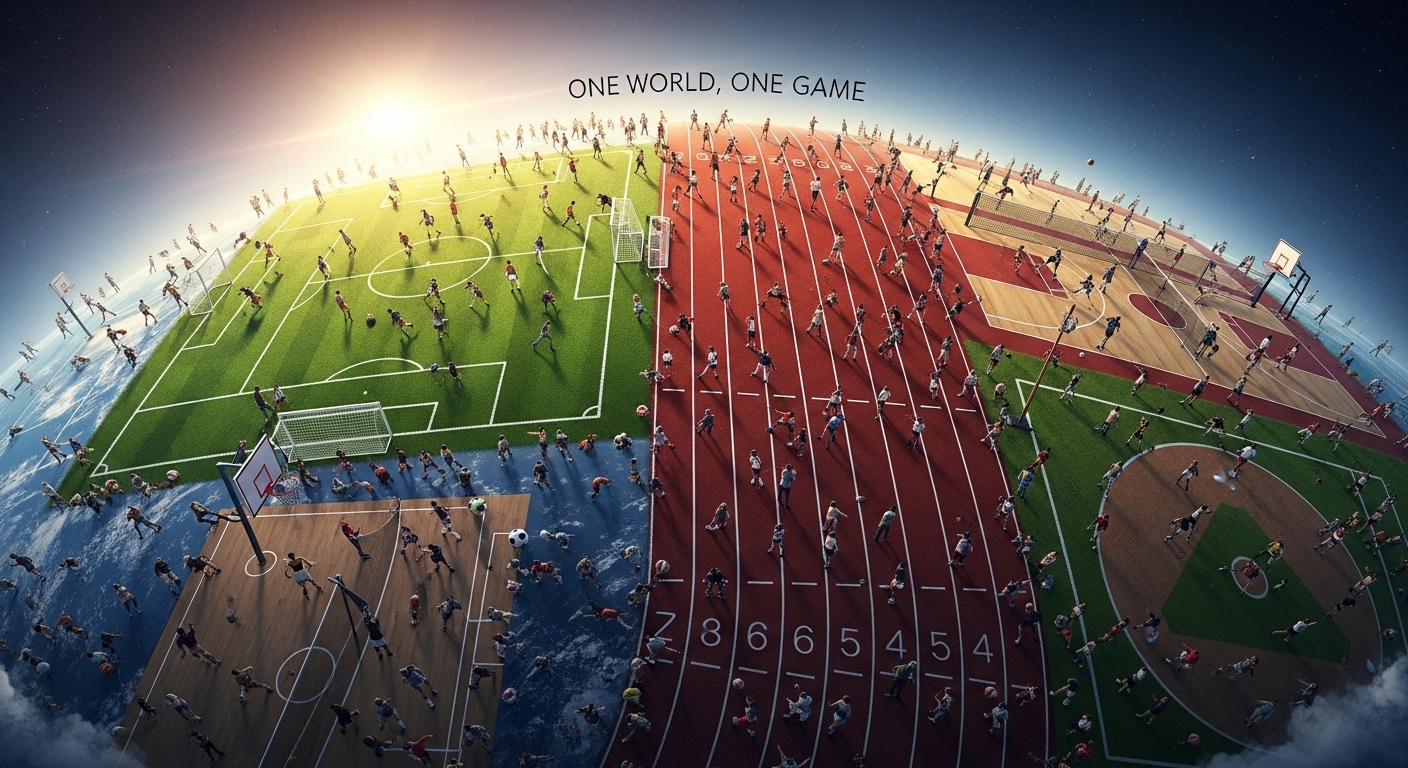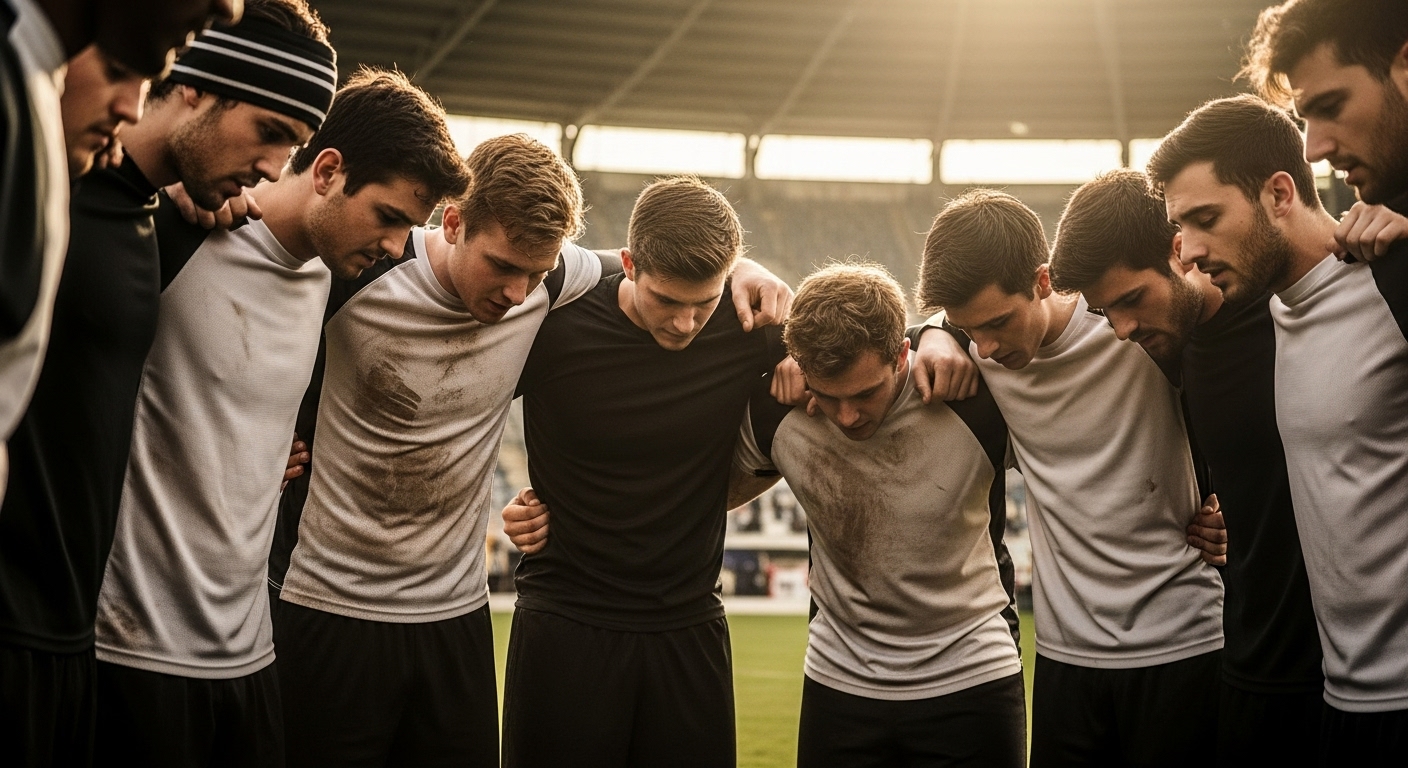Introduction: Sports as a Universal Language
Sports have an undeniable influence on cultures, societies, and individuals around the world. They serve as a form of entertainment, physical activity, competition, and even as a social glue that brings people together across boundaries. The universal nature of sports makes them one of the most inclusive and impactful activities that humans participate in. Whether it’s a group of children kicking a ball around on a dusty field or the grand spectacle of the Olympic Games, sports touch lives in ways both big and small. In this blog post, we will delve into the history, various types of sports, their role in modern society, and the countless benefits that come with participating in them.
The History of Sports: From Ancient Beginnings to Modern Phenomenon
The origins of sport can be traced back to ancient civilizations. The concept of physical competition can be found in the records of ancient Egypt, Mesopotamia, Greece, and Rome, where they held contests to celebrate physical strength, agility, and endurance. One of the most famous early examples of organized sports is the Ancient Greek Olympic Games, which began in 776 BC. The Games were held in honor of Zeus, the king of the Greek gods, and athletes from all over Greece participated in various events like foot races, chariot races, and wrestling.
In Rome, sports evolved to include gladiatorial combat and other forms of public spectacle, many of which were much more brutal and violent in nature. However, the idea of competing for glory, honor, and pride persisted across civilizations.
As societies evolved, so did sports. The Middle Ages in Europe saw the emergence of tournaments like jousting, while in Asia, martial arts became widely practiced and perfected. By the 19th century, modern sports as we know them began to take shape, with the codification of rules, the formation of national leagues, and the establishment of the Olympic Games in 1896, which were revived to include athletes from around the world.
Today, sports are a multi-billion dollar industry, and their cultural impact has spread far beyond their original boundaries. The global nature of sports means that fans and athletes alike can connect through shared interests, regardless of their nationality or background.
Types of Sports: A Diverse World of Competition
The world of sports is incredibly diverse, offering something for everyone, whether you prefer individual competition or working as part of a team. Sports can generally be classified into several categories, including team sports, individual sports, combat sports, and extreme sports. Let’s explore these categories in more detail.
Team Sports: Unity in Competition
Team sports are those that involve a group of athletes working together toward a common goal. These sports emphasize cooperation, strategy, and communication. Some of the most popular team sports worldwide include:
- Football (Soccer): Arguably the world’s most popular sport, football is played by millions across the globe. It involves two teams of eleven players each, with the aim of scoring goals by getting the ball into the opponent’s net. The simplicity of the game combined with the immense global popularity makes football a cultural force in every corner of the globe.
- Basketball: Played with two teams of five players, basketball is known for its fast pace and high-scoring games. Teams attempt to score by shooting a ball through a hoop while also playing defense to prevent their opponents from scoring.
- Rugby: This contact sport, played by two teams of 15 players, is known for its physicality and strategic gameplay. Rugby requires players to use both strength and agility, with the goal of carrying or kicking the ball into the opponent’s territory.
- Volleyball: A sport that involves two teams of six players who aim to send a ball over a net and into the opponent’s court, with the goal of scoring points by preventing the other team from returning the ball.
Each of these team sports requires athletes to learn teamwork, discipline, and how to collaborate effectively under pressure. Whether it’s a schoolyard pickup game or a professional league, the skills developed through team sports are transferable to many aspects of life, including the workplace.
Individual Sports: The Pursuit of Personal Excellence
In contrast to team sports, individual sports focus on the performance and success of a single athlete. These sports emphasize personal discipline, mental toughness, and self-reliance. Some of the most well-known individual sports include:
- Tennis: Played with a racket and ball, tennis can be enjoyed as both a singles and doubles sport. The game is a test of endurance, agility, and mental fortitude as players attempt to win points by hitting the ball into the opponent’s court in a way that they cannot return it.
- Swimming: Swimming involves racing in water, often over various distances. This sport is unique in that it tests both an athlete’s aerobic endurance and muscle strength. Swimmers must also master different strokes, including freestyle, breaststroke, backstroke, and butterfly.
- Track and Field: A collection of events including running, jumping, and throwing, track and field is one of the oldest and most fundamental forms of sport. Races like the 100-meter dash, the marathon, and the long jump offer athletes a chance to showcase their speed, stamina, and technique.
- Gymnastics: In gymnastics, athletes perform routines that combine strength, flexibility, and balance. Gymnasts are judged on their performance across different apparatus such as the vault, balance beam, and floor exercise.
While individual sports focus on personal achievement, they also provide valuable life lessons such as the importance of perseverance, time management, and mental discipline. These sports allow athletes to push their own limits and set personal goals.
Combat Sports: Strength and Strategy in the Ring
Combat sports involve direct physical confrontation between opponents, where the objective is often to outmaneuver, overpower, or outlast the opponent. These sports can be brutal and physically demanding but require a high level of technique, discipline, and strategy. Some of the most popular combat sports include:
- Boxing: Boxing is a sport where two fighters use their fists to land punches on their opponent, with the goal of either knocking them out or scoring more points than their opponent by the end of the match.
- Mixed Martial Arts (MMA): A relatively newer sport, MMA combines various techniques from different martial arts, including striking, grappling, and submissions. Fighters compete in an octagon-shaped cage and attempt to win by knockout, submission, or decision.
- Wrestling: Wrestling is a grappling sport where opponents try to pin or control each other on the mat. It involves various techniques like throws, locks, and holds.
- Judo: A Japanese martial art, judo focuses on using the opponent’s force and balance against them, with the objective of throwing them onto the ground or pinning them.
Combat sports are about much more than physical strength—they require athletes to possess exceptional mental clarity and strategy, often under extreme pressure.
Extreme Sports: Pushing the Boundaries
Extreme sports, also known as action sports, are characterized by their high-risk, adrenaline-pumping nature. These sports often take place in challenging environments, where athletes perform stunts or maneuvers that push human limits. Some popular extreme sports include:
- Skateboarding: Skateboarders perform tricks, flips, and jumps while riding a skateboard. Whether in a park or on the streets, skateboarding demands creativity, balance, and fearlessness.
- Snowboarding: Snowboarding involves descending snowy slopes on a single board, performing tricks in the air, or simply navigating difficult terrain. Snowboarders often compete in events like the half-pipe or downhill races.
- Rock Climbing: Climbers scale rock faces, often in remote and challenging locations, using a variety of techniques. The sport tests both physical strength and mental fortitude.
- Bungee Jumping: One of the ultimate adrenaline rushes, bungee jumping involves jumping from a great height while attached to an elastic cord. The free-fall experience and the subsequent bounce make this an exhilarating activity for thrill-seekers.
Extreme sports are often pursued by individuals who thrive on the excitement of high-risk activities and who seek to test the limits of their physical and mental endurance.
The Many Benefits of Sports: From Health to Social Impact
While sports are often associated with physical fitness and competition, the benefits extend far beyond the body. Engaging in sports regularly provides a multitude of advantages, both mental and social.
Physical Health
The most obvious benefit of participating in sports is improved physical health. Regular exercise strengthens the cardiovascular system, builds muscle, increases flexibility, and helps maintain a healthy weight. Sports also reduce the risk of chronic diseases such as heart disease, diabetes, and high blood pressure. For children and adolescents, sports contribute to healthy bone development and overall growth.
Mental Health
Sports also play a crucial role in mental well-being. Physical activity has been proven to release endorphins, chemicals that help elevate mood and reduce feelings of stress and anxiety. Additionally, sports require mental focus, concentration, and discipline—skills that translate into other aspects of life. Regular participation in sports has been linked to improved self-esteem and reduced symptoms of depression.
Social Connections
Another powerful benefit of sports is the social aspect. Whether it’s being part of a team or participating in community leagues, sports create opportunities to form lasting friendships. Team sports, in particular, encourage collaboration and communication, fostering a sense of belonging and camaraderie.
Personal Development
Sports offer invaluable life lessons, such as perseverance, resilience, and the ability to handle failure. Athletes learn to set goals, work hard, and push through obstacles. The discipline required to succeed in sports helps individuals develop better time-management skills and learn the importance of effort and dedication.
Conclusion: The Enduring Impact of Sports on Society
In conclusion, sports have an enduring and multifaceted impact on individuals and society as a whole. Whether it’s through the joy of watching an inspiring athlete compete, the lessons learned through personal involvement, or the unifying power that sports have in bringing people together, their influence continues to grow. Sports are more than just games—they are a vital part of our shared human experience.
From their ancient origins to their current global popularity, sports continue to shape cultures, inspire individuals, and promote values of teamwork, resilience, and excellence. Regardless of the type of sport or the level at which it is played, the power of sport to impact lives is undeniable, making it a universal pursuit that transcends time, place, and circumstance.



